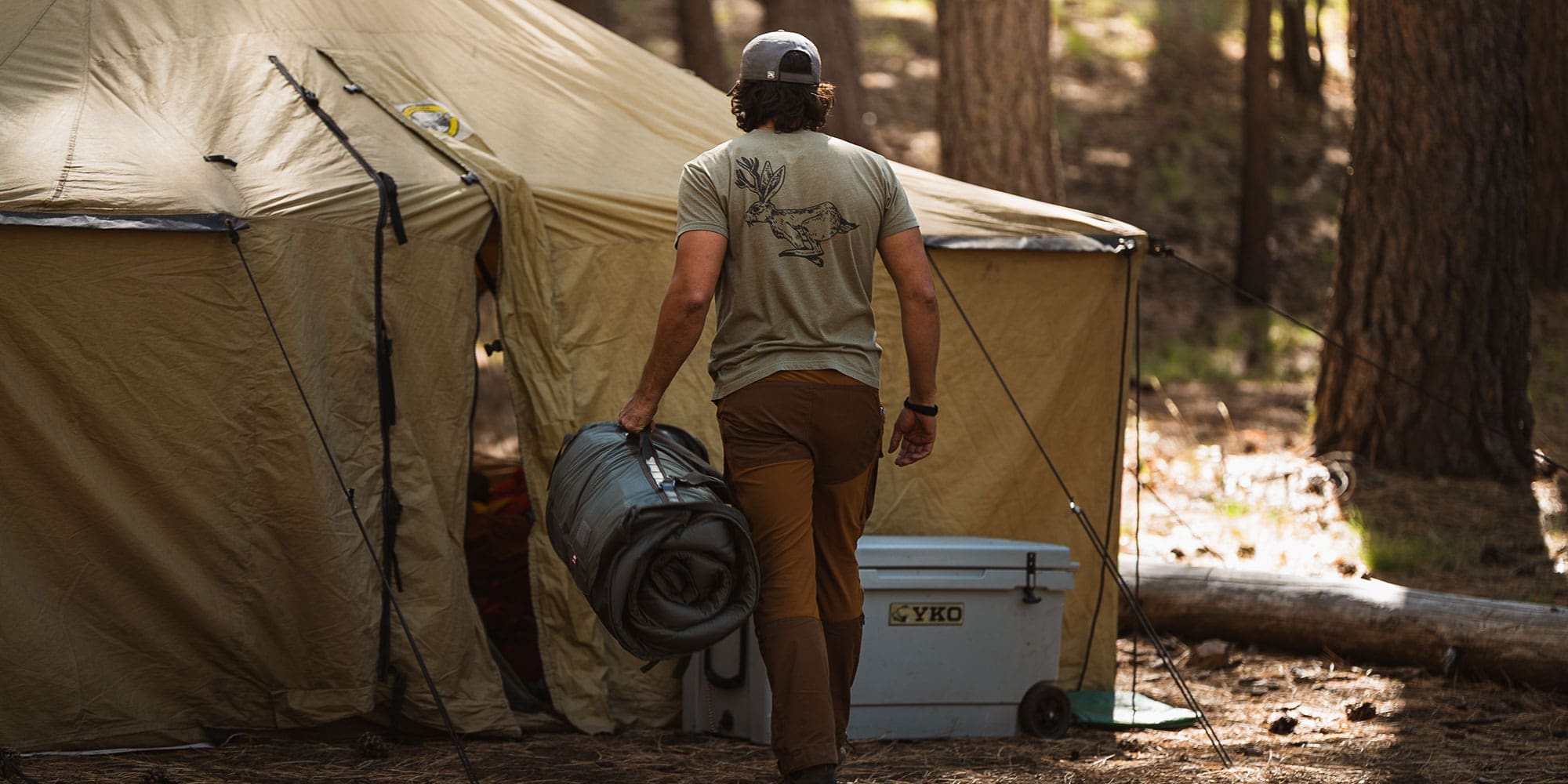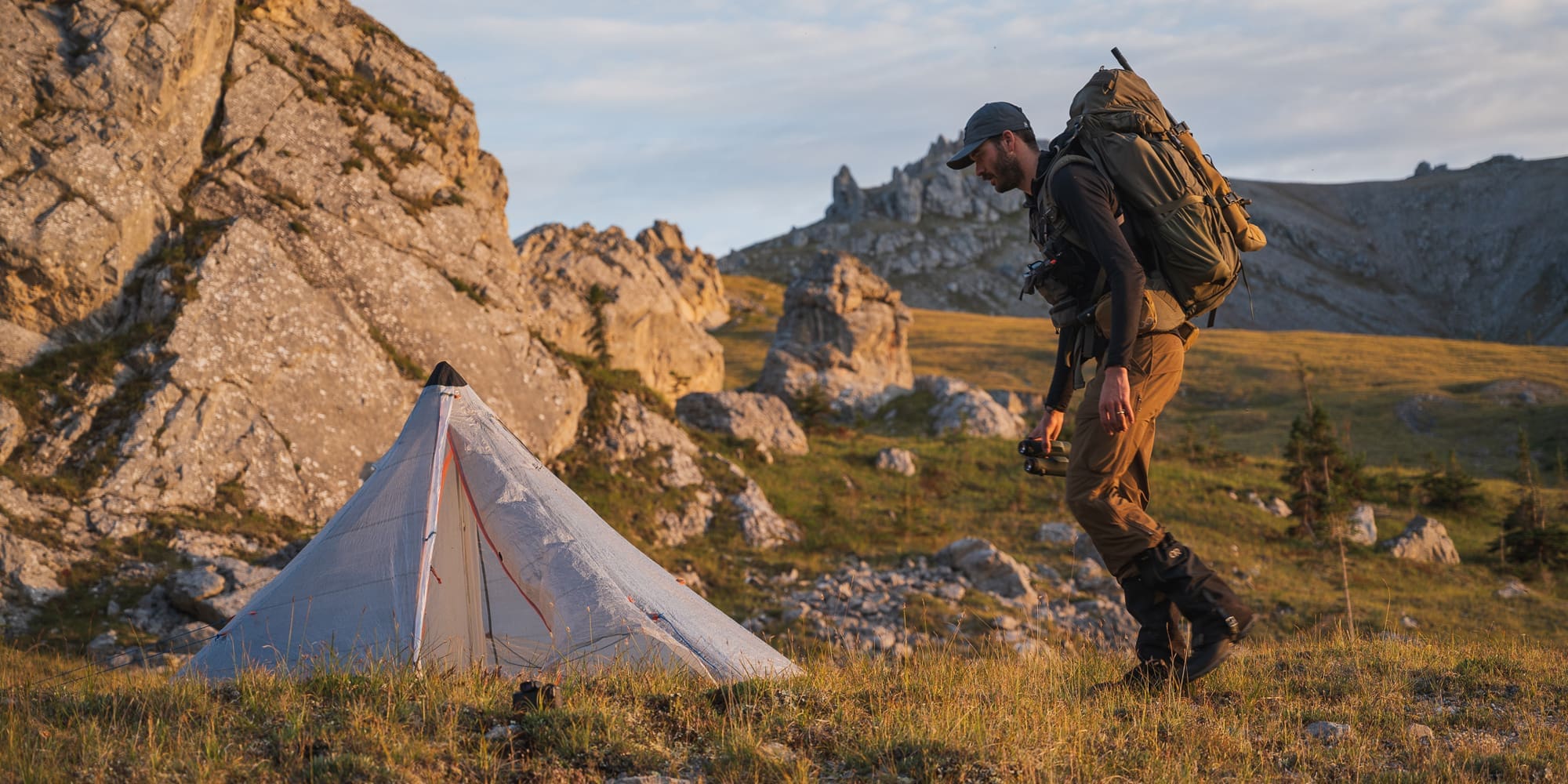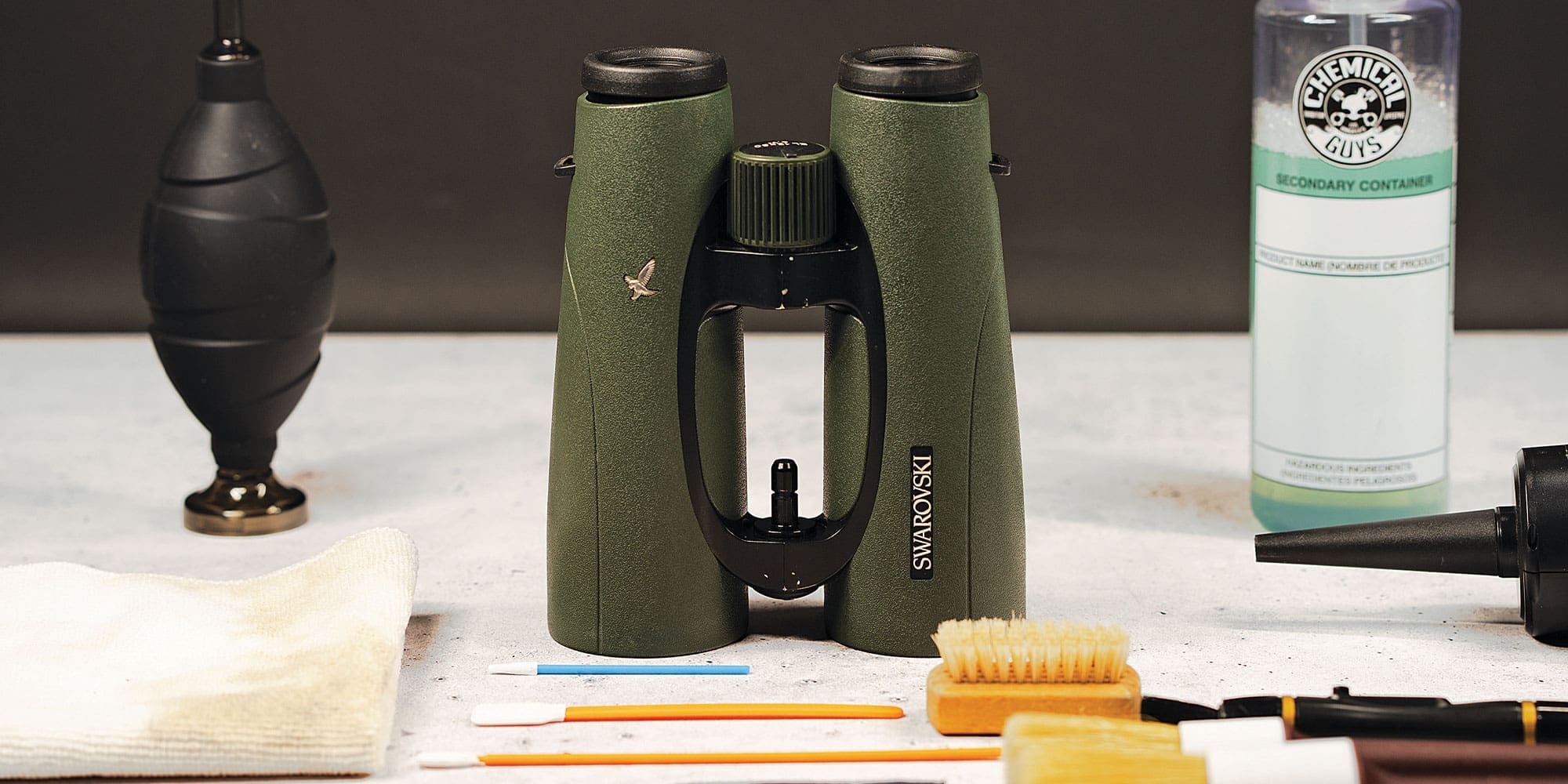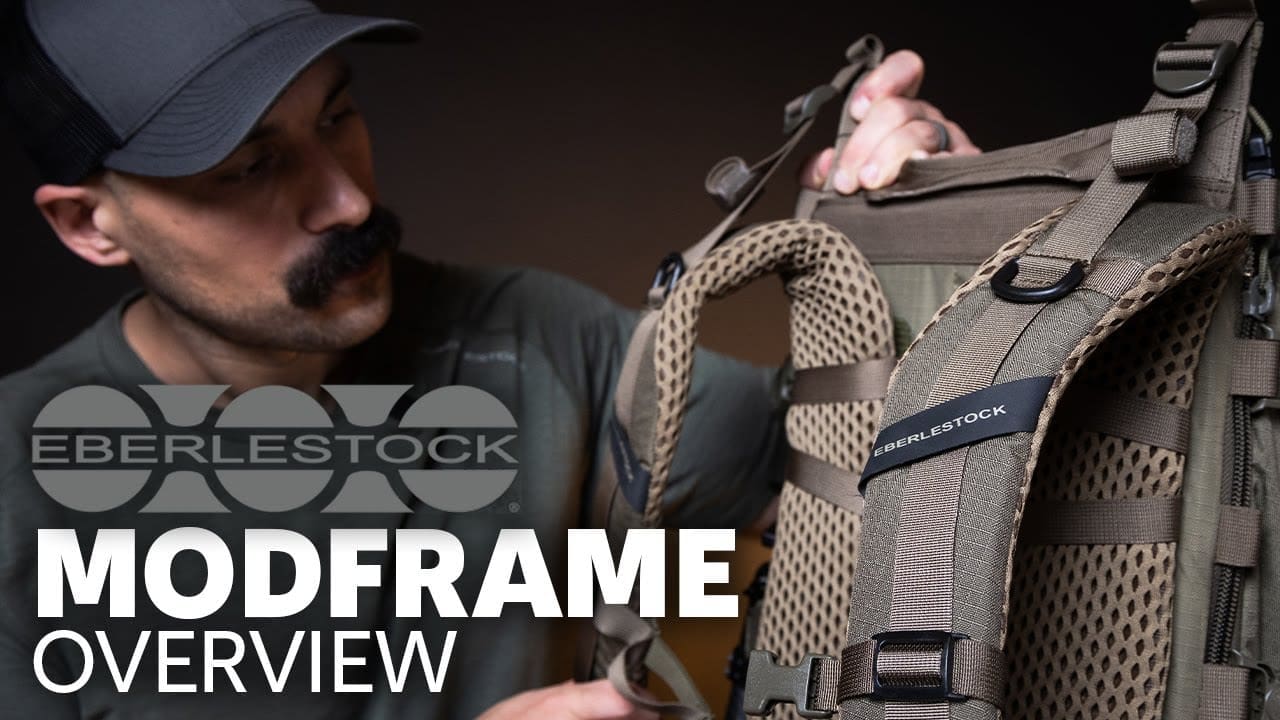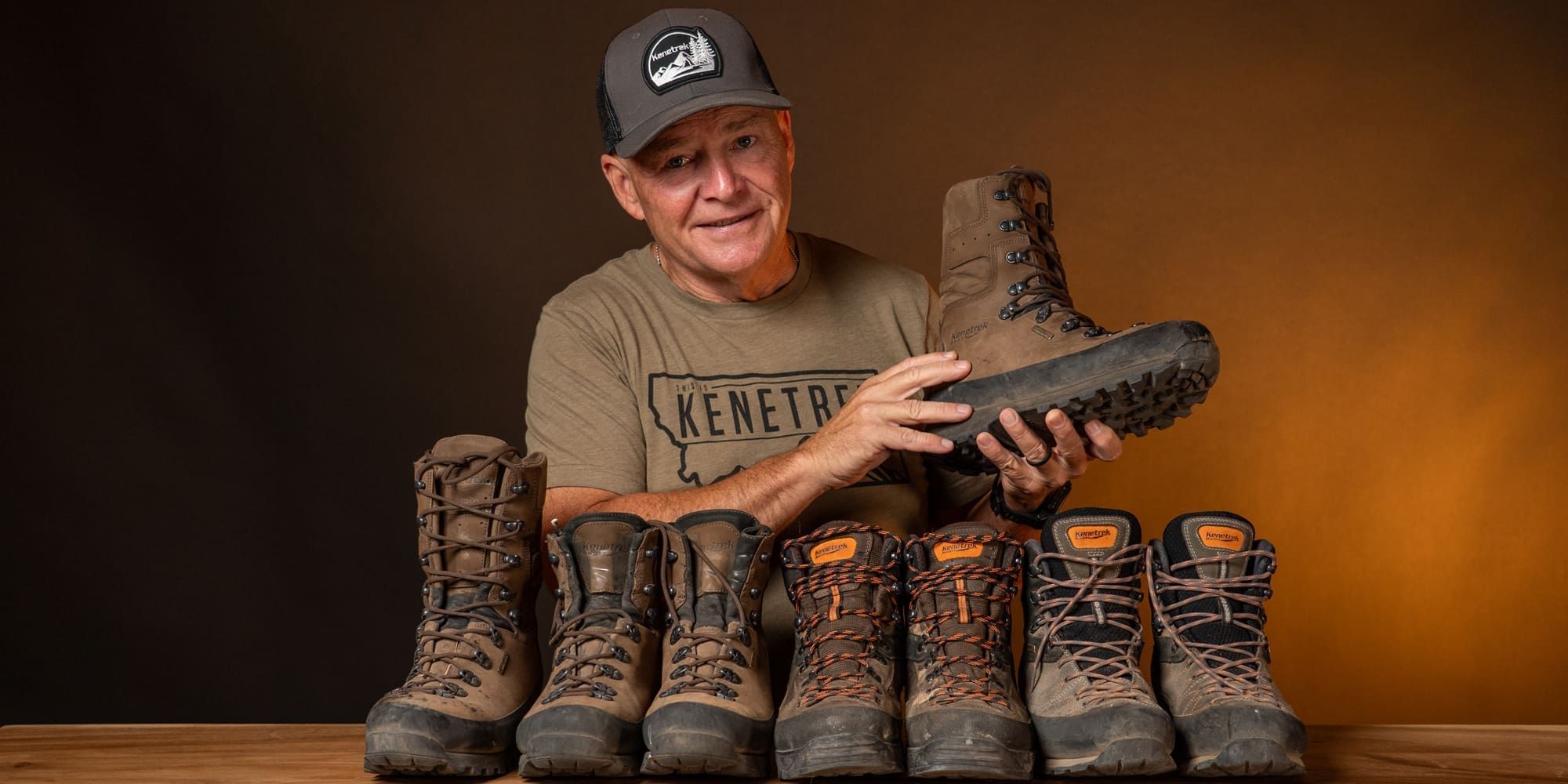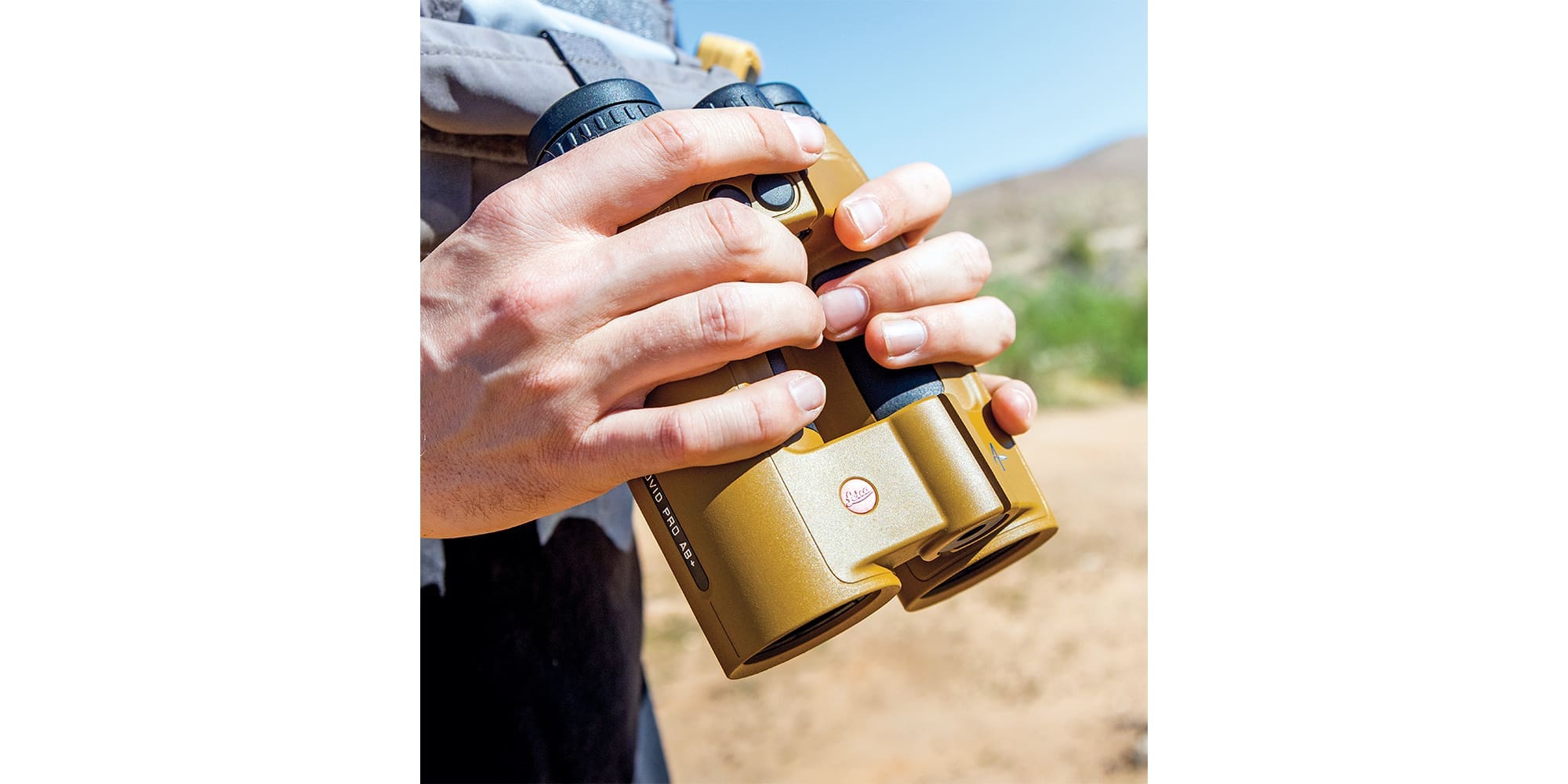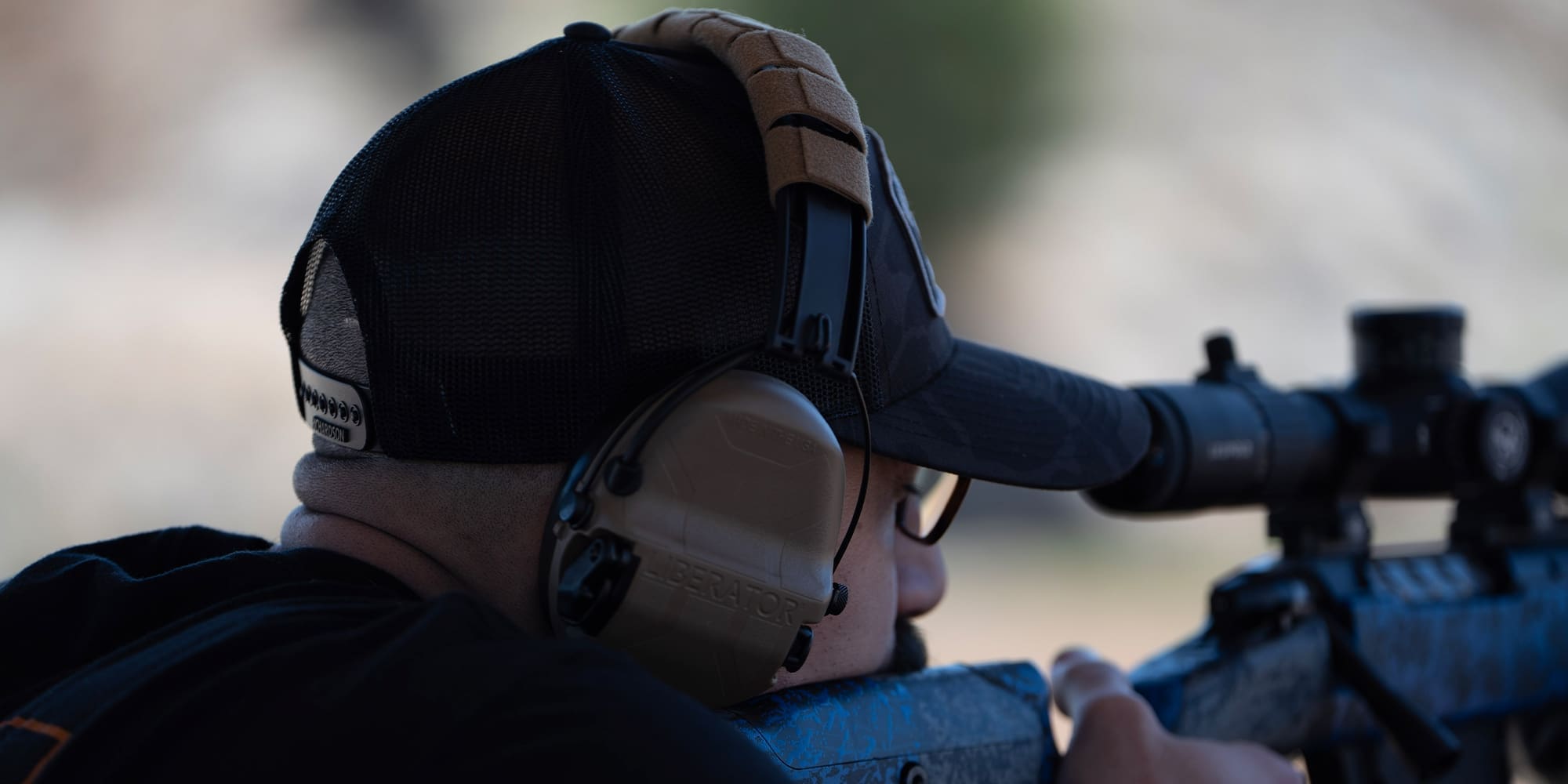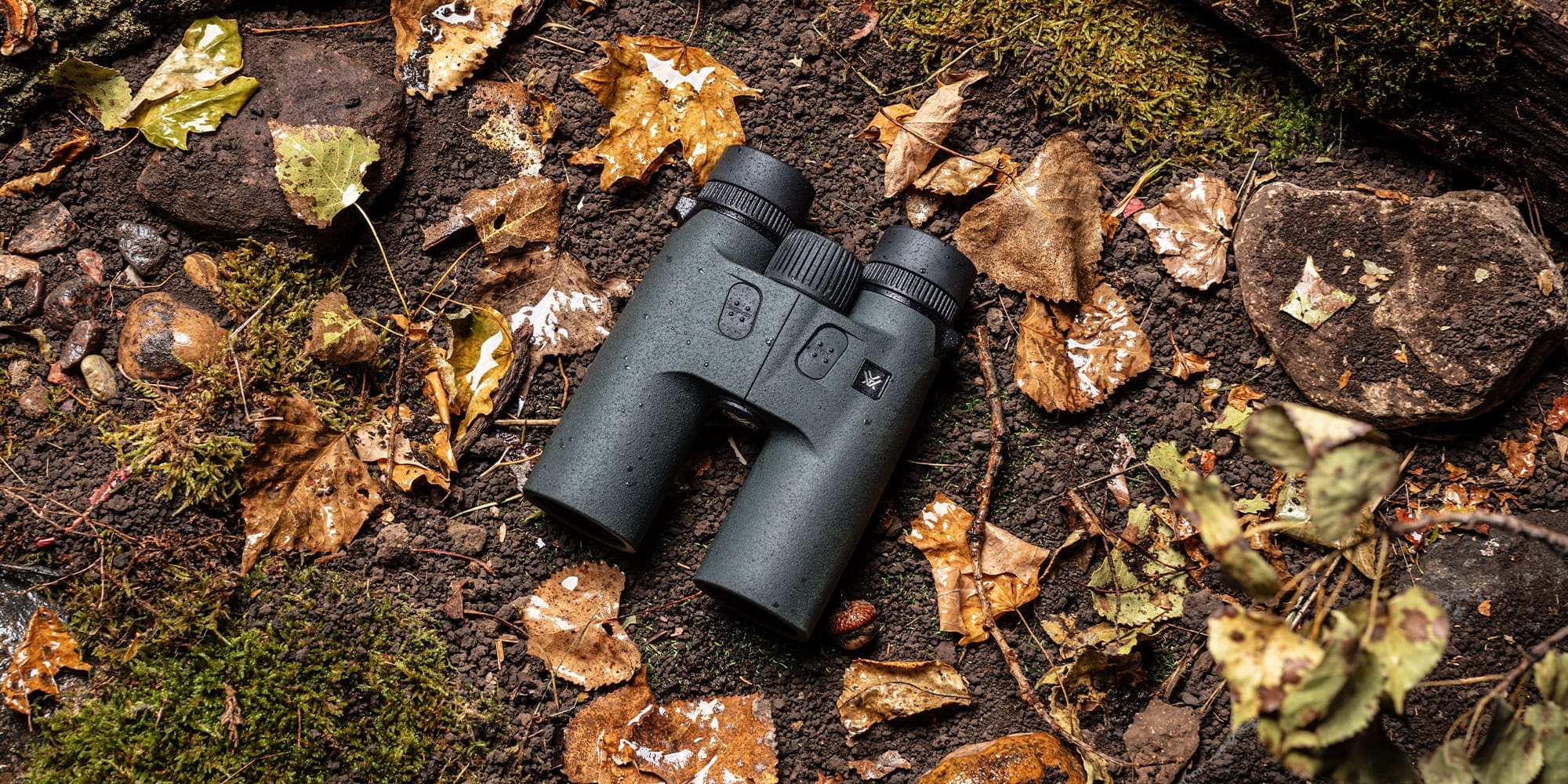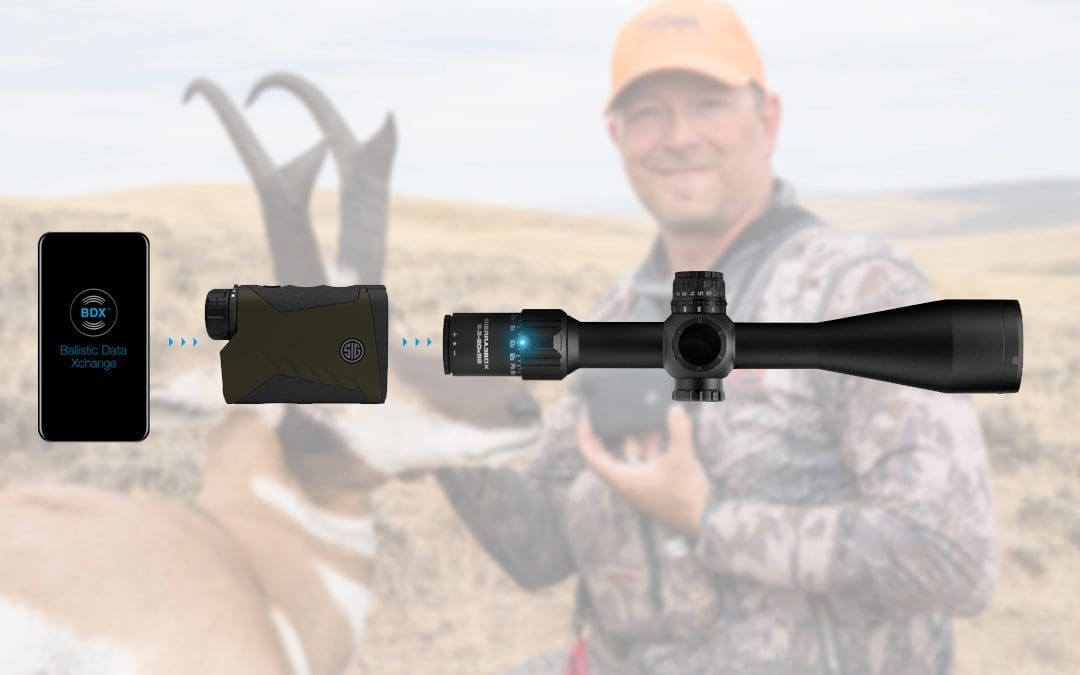
NOTICE: Certain links on this post may earn a commission for Western Hunter Magazine from Amazon or our other affiliate partners when you make a purchase. Thank you for your support.
Sig Sauer BDX Bluetooth App Review
Sig Sauer Electro-Optics has brought some game-changing technology to the hunting market with its Ballistic Data Xchange (sig sauer BDX) rangefinder and riflescope. The system uses your ballistics, environmental conditions, and Bluetooth to illuminate the exact holdover dot in the scope to accurately engage the target ranged.
The KILO BDX rangefinders can be programmed with the free Sig Sauer BDX app for Android or iOS to perfectly match your firearm’s ballistics. The app uses Applied Ballistics Ultralite (ABU) to accurately model your trajectory based on the bullet you’re shooting, your muzzle velocity, and the temperature and elevation. Bullets are selectable from an extensive library in the app, or you can enter your own custom specs.
I found the app easy to download, navigate, and set up. Don’t be intimidated by the technology that goes into this system. Sig has done a good job of making it all intuitive and user-friendly, even if you aren’t particularly good with high-tech gadgetry.
KILO Rangefinders
Four Sig KILO models are offered with Sig Sauer BDX functionality: KILO1400 6x20, KILO1800 6x22, KILO2200 7x25, and the KILO2400 7x25. As the model numbers increase, so do their corresponding maximum range capabilities. The KILO1400 will range reflective targets out to 1600 yards, trees to 950 yards, and deer to 750 yards. The KILO2400 doubles that capability, ranging reflective targets out to 3400 yards, trees to 1800 yards, and deer out to 1400 yards.
It should be noted that the Sierra3 BDX scopes are limited to firing solutions to a maximum of 800 yards.
Retail prices range from an affordable $299 for the KILO1400 BDX up to $959 for the flag-ship KILO2400 BDX. Sig Sauer is also set to release a 10x rangefinding binocular with Sig Sauer BDX connectivity that should be able to range deer up to 2000 yards and should retail for about $1,199.

I used the KILO2200 BDX that retails for $599 and has ranging capabilities very close to the KILO2400 BDX. The KILO2400 BDX has the added capability of being able to pair with a Kestrel weather station with Applied Ballistics Elite.
The Sig Sauer BDX app communicates with the rangefinder and scope via Bluetooth. On the initial setup, I was able to set up and send my ballistic profile to the rangefinder easily. It took a few minutes to figure out that I had to tap the “Check Bonding” icon for the rangefinder and scope to communicate. Once they’re bonded…that’s where the magic happens!
The Magic of Sig Sauer BDX
The unique part of this system is that the rangefinder sends the firing solution for your target to the Sig Sierra3 BDX scope via Bluetooth, and the scope illuminates a precise hold-over dot for that distance! You don’t have to spend time dialing turrets in minutes of angle (MOA) or milliradians (MIL). Just connect the dot with your target and send it! The communication link between the scope and rangefinder has enough range to allow a nearby hunting partner to operate the rangefinder while you remain 100% focused on making the shot. The blue indicator light on the power adjusts ring flashes momentarily when a new solution is sent to the scope.
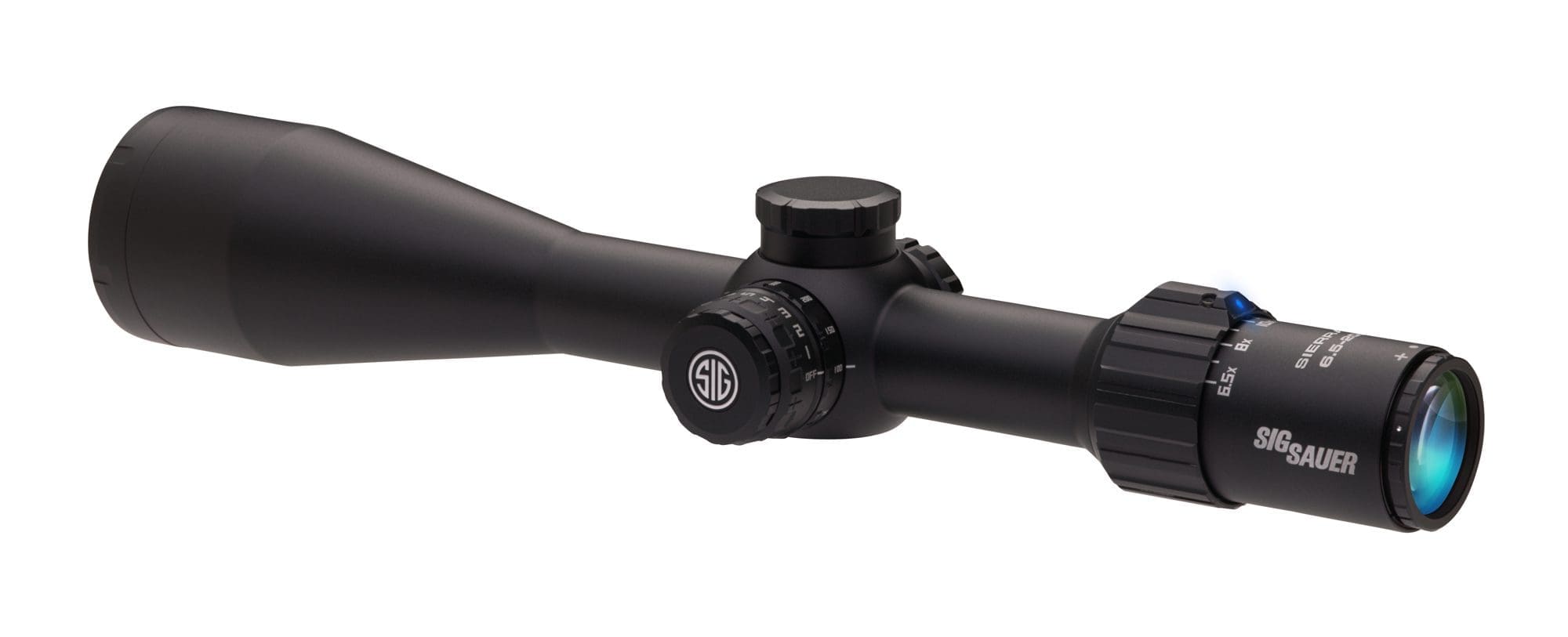
The Sierra3 BDX scopes feature parallax adjustment and brightness knobs on the left side, capped elevation and windage turrets that adjust in 1/4 MOA increments, rear reticle focus, and power adjust ring with Bluetooth indicator light.
The rangefinder also compensates for the angle of incline to the target, so you never have to worry about holding low for steep uphill and downhill shots. The app can download environmental conditions from the nearest weather station if you have cell service or you can manually input temperature. The app will also access your phone’s GPS to register the correct elevation, or you can manually enter it.
At each end of the reticle’s horizontal stadia, there is an electronic tilt indicator arrow that Sig refers to as LevelPlex. The arrows will light up to indicate which way you need to rotate the rifle to return it to level. Having the ability to see whether your rifle is level inside the scope is a great feature. It helps the shooter monitor level throughout the shot with peripheral vision, thus reducing the chance for left and right misses while your primary focus is holding the illuminated dot on the vitals.
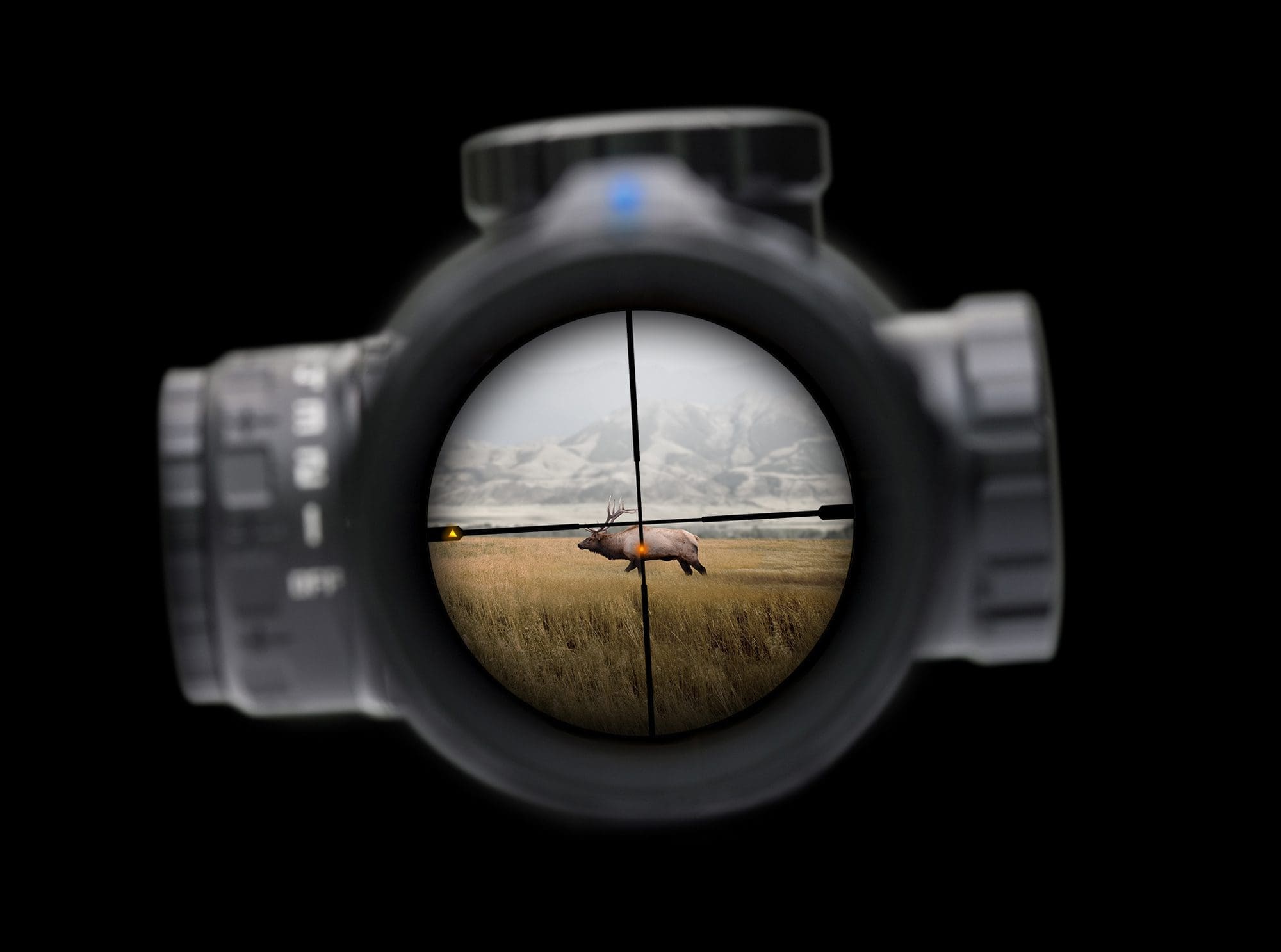
This graphic illustrates the LevelPlex arrow on the left illuminated to indicate that you would need to tilt the rifle clockwise to level the scope.
Got Wind?
The Sierra 3 BDX scopes also illuminate windage dots that are calculated using the target range, your ballistics, and the user input wind speed and direction. Seeing the wind hold illuminated in the scope is confidence-inspiring and helps the shooter bracket the wind and make an informed decision on how much to hold over for a crosswind.
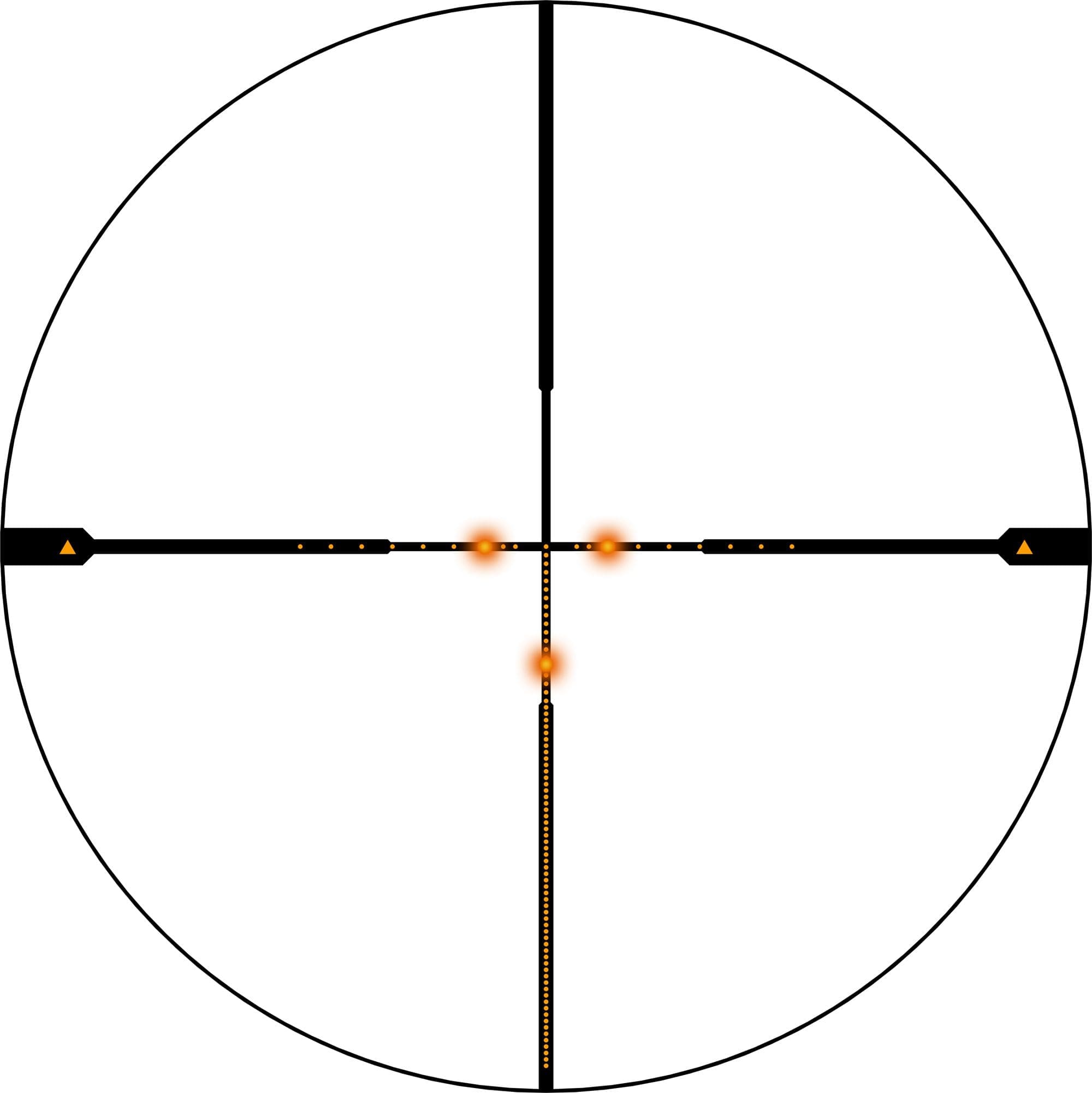
This graphic shows the full reticle with hold-over dot and windage dots illuminated. Only the illuminated dots are normally visible, but the faint dots illustrate the resolution of the reticle’s hold over and wind dots for displaying the firing solution.
What If?
Technology can be a liability on backcountry hunts if you rely on it too heavily. I had a lot of questions about the Sig Sauer BDX before I had a chance to use the system. Here are a few that come to mind and how Sig Sauer BDX answers them all.
- What if your phone dies? Once the rangefinder is initially programmed, you don’t need your cell phone or the app in the field unless you want to update the environmental conditions like temperature, elevation, wind speed, and direction.
- What if the scope battery goes dead? The rangefinder still provides the hold over information in MOA that you can dial on the turret like a normal tactical scope when the cap is removed.
- What if your friend has a Sig Sauer BDX rangefinder too? The rangefinders and scopes are linked together with a procedure during setup that prevents cross-talk from other Sig Sauer BDX devices.
- What if the rangefinder battery dies or I lose the rangefinder during a hunt? There is another interesting display mode for the Sierra3 scope reticles that some hunters prefer. The Sig Sauer BDX reticle can display multiple static hold-overs, like a multi-pin archery sight. The user can configure the number of dots to display and the distances they represent within the free Sig Sauer BDX app. This functionality allows you to use the Sierra3 BDX scope without the accompanying KILO BDX rangefinder if your budget won’t allow you to purchase one, or if you already own another rangefinder. Most would set the static hold-over dots for 200, 300, 400, etc… However, if you have known targets at multiple distances, you could even set dots for each exact distance for a stage at a tactical rifle competition.
- Can I use a KILO BDX rangefinder for bowhunting? Yes, just change the mode and you can get angle-compensated ranging that is perfect for bowhunters.
Sierra3 BDX Riflescopes
The Sierra3 BDX scopes are offered with four magnification/objective size options, including 3.5-10x42 mm, 4.5-14x44 mm, 4.5-14x50 mm, and the 6.5-20x52 to suit various rifles and hunting conditions. I chose the 6.5-20x52 for hunting the wide-open spaces out West.
Sig also sells Sig Sauer BDX kits with various rangefinder and scope combinations that might save a few bucks over buying the scope and rangefinder individually. Scopes retail for $599, $719, $839, and $959 respectively.
A Digital Focal Plane Scope?
The Sierra3 BDX scopes function like a second-focal-plane scope (the reticle size stays constant when you adjust power). However, when the power is adjusted, their digital focal plane technology automatically adjusts the hold-over dots to correspond with the scope power selected. It’s cool to see the hold-over dots adjust in real-time as you twist the magnification knob.
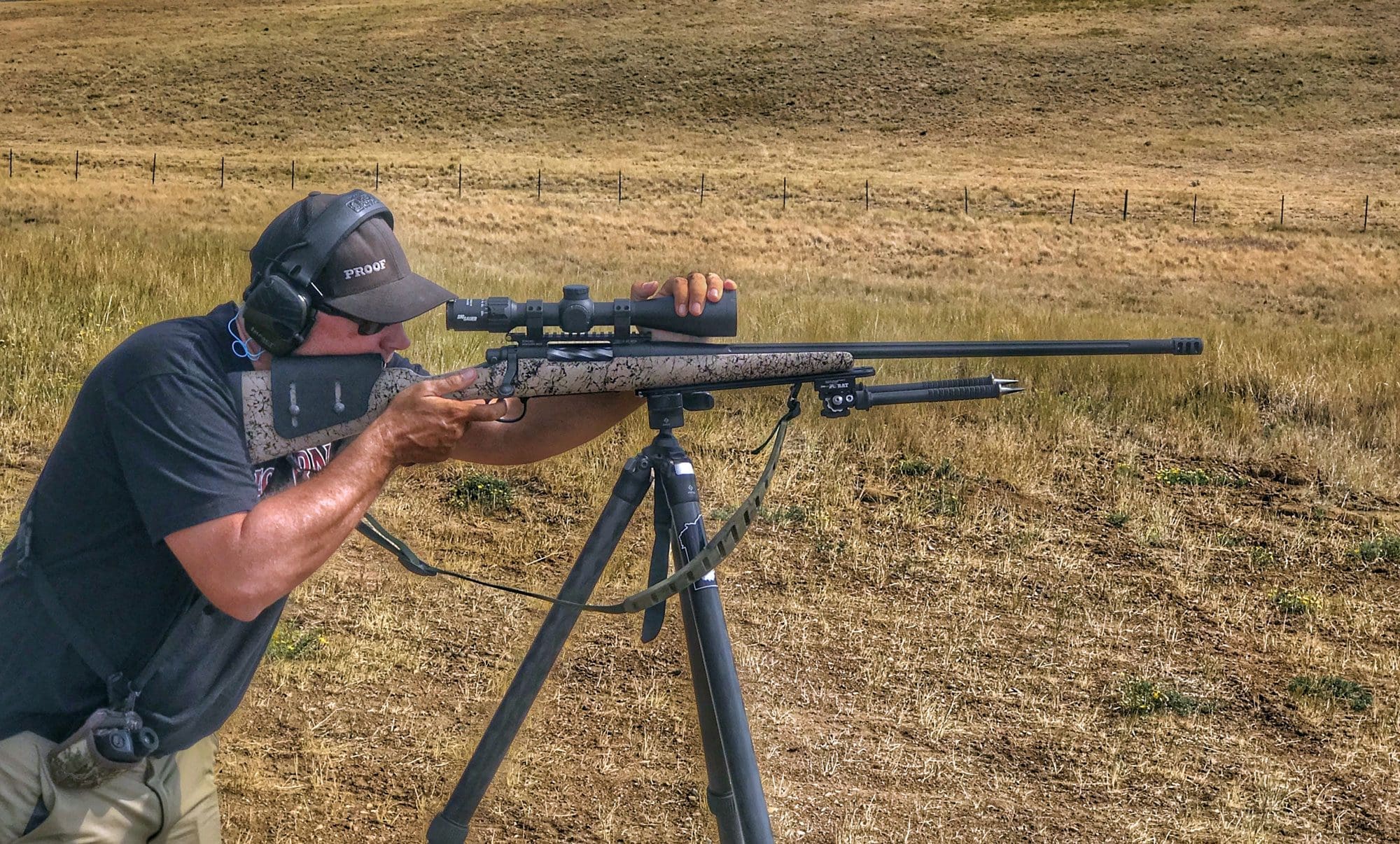
Getting some practice shooting off a tripod at a steel target about 475 yards away with the Sierra3 BDX 6.5-20x52. This model suits my needs when hunting open country.
In the Field:
Prior to taking the scope on a hunt, I spent time at the range verifying that the predicted hold-over dots were correct for my rifle and ammo. I used a chronograph to measure the velocity of my 7mm STW shooting Berger 180-grain bullets. I zeroed the rifle at 100 yards and then shot steel targets at 450, 600, and 790 yards.
I was able to consistently hit all the targets with the predicted firing solution. However, I was hitting a little high on the longer targets. I used the Sig Sauer BDX app’s built-in muzzle velocity calibration function to get my impacts centered on the steel. My adjusted muzzle velocity was about 50 fps higher than my chronograph registered. This calibration function is an easy way to get the correct velocity for your rifle and ammo – especially if you don’t have access to a chronograph and have to guess your initial velocity.
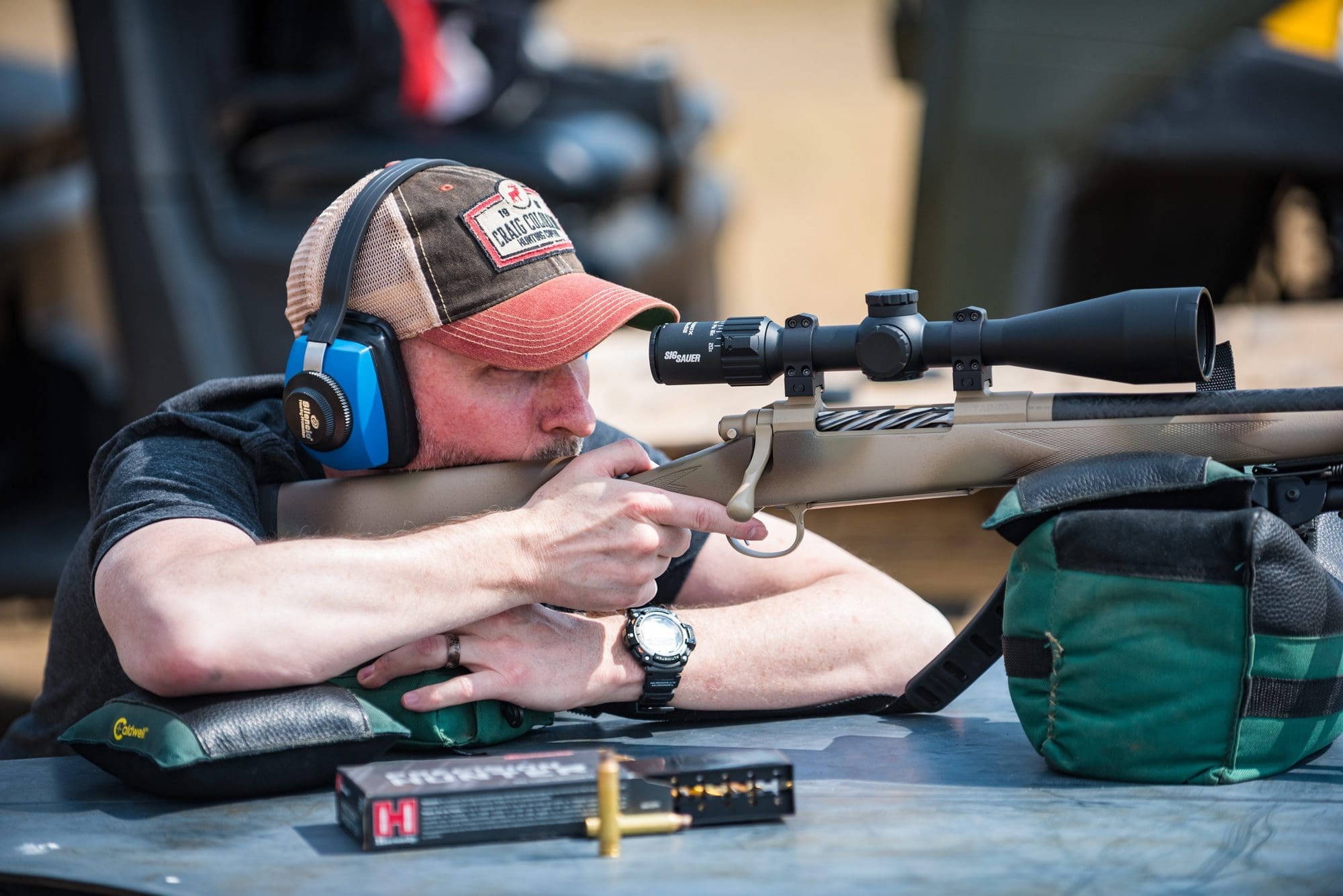
Darren Choate checking his zero at 100 yards and ringing steel at 275 yards to confirm holdovers.
Ground Truthing
After confirming drops at the range, I had plenty of confidence to put this scope to the test on an antelope hunt with several other outdoor writers. I found the system was intuitive and reliable under the stress of shooting at live game.
I decided to program a 10-mph wind from 9 o’clock so I wouldn’t have to worry about adding a wind value to the app if I had a quick shot materialize. Using a 10-mph wind is common practice for competitive shooters because the 10-mph wind hold can be easily scaled based on the actual wind in a given situation. If your wind is closer to 5 mph, you can simply hold half as much wind or if you have a 15-mph wind you can hold about 1.5 times the 10-mph value that you’ll see illuminated in the Sierra 3 BDX scope. It’s a big advantage to have that 10-mph reference wind hold automatically calculated and visible in the scope every time you range a target.
I also programmed the rangefinder with an average daytime temperature and elevation for the area we’d be hunting, knowing that moderate changes in temperature and elevation have little effect inside 500 yards. Conveniently, the Sierra3 BDX scopes illuminate wind dots on both sides of the vertical crosshair, so you’re covered regardless of which way the wind is blowing.
I managed to put a good stalk on the antelope I harvested, so my shot was under 250 yards. Even though it wasn’t a long-range shot, it was awesome to see the exact hold-over needed to make a clean, one-shot kill.

My first experience hunting with the Sig Sauer BDX system resulted in a respectable Colorado pronghorn that dropped in his tracks.
Final Shots
The KILO2200 BDX rangefinder and Sierra3 BDX 6.5-20x52 scope is an awesome combination that will fit the bill for most western hunters. If you’re more weight-conscious or hunt in timber and brushy country, then one of the 4.5-14X models may suit your needs better.
This is the second Sig KILO rangefinder I’ve owned. Both have been rock-solid performers with excellent battery life and lasers that reach well beyond the range I’d ever consider shooting.
The glass in the Sierra3 scope is very good at its price point. Due to the electronics required to light the aiming dots, you’ll notice the reticle is somewhat thicker than you’d find in a typical long-range scope. This is most noticeable when you’re zeroing the rifle off the 100-yard bench aiming at a tiny spot. Clearly, it’s not intended to be a bench-rest scope. However, I never found the reticle thickness distracting when aiming at game or even at distant steel targets.
You may also be able to see some very faint ghosting of the circuitry when viewing a sky-lined target. I haven’t noticed it in other situations and haven’t found it distracting or detrimental to the image quality of the scope in the field.
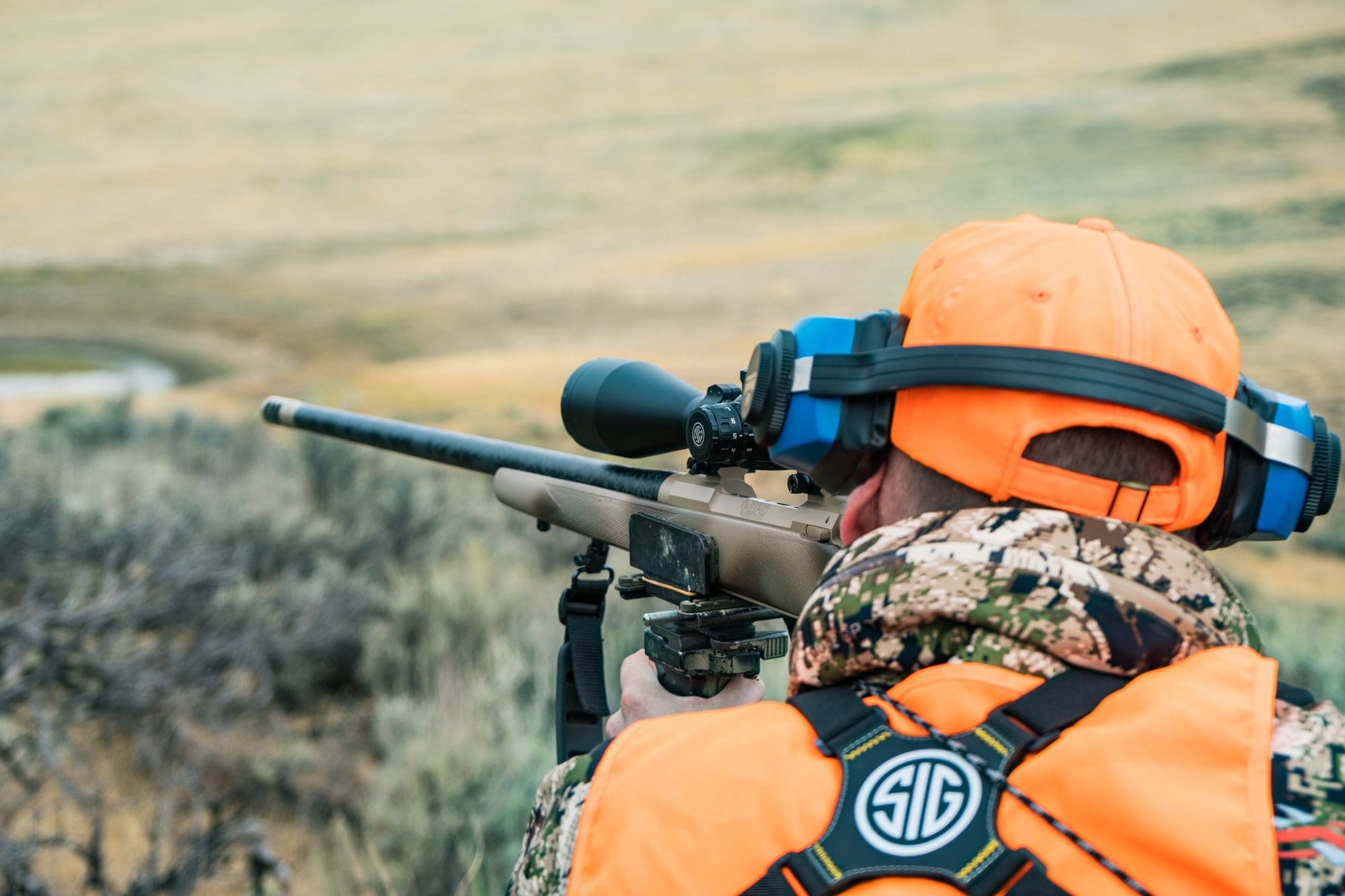
BDX is the easy button for the average guy who wants to extend his effective range, but who isn’t interested in high-level ballistics and dialing scope knobs.
The Sig Sauer BDX system is perfect for the rifle hunter who wants to simplify long-range shooting. No need to enter data in an app and dial-up a solution in MOA or MIL’s on a scope turret. Just range the target and connect the dot! Sig Sauer BDX is reasonably priced and provides good long-range capability in an easy-to-use package. With a capable rifle, almost anyone can use Sig Sauer BDX to make accurate hunting shots in the field.
Scope Legality
At the time of this writing, Sig’s website states “At its introduction in mid-2018, the Sig Sauer BDX system is legal for use with centerfire rifle hunts in all 50 states.” However, upon emailing state game agencies in the West, where scopes with electronics often have stricter laws, we received varying responses:
Arizona: “Currently legal but may become under review soon by the Ethics Committee.”
Colorado: Legal
Idaho: “The Enforcement Bureau’s interpretation of the law is the Sig Sauer BDX riflescopes are illegal for hunting big game in Idaho.”
Montana: Legal
Nevada: Legal
New Mexico: Legal
Oregon: “Currently, the scope would be of questionable legality, but next year, it will be illegal via the recently passed rules by the Commission.”
Washington: “The new Sig Sauer BDX riflescope would be legal only during modern firearm seasons.”
Wyoming: Legal
*Note: If you’re planning on using this scope, it would be in your best interest to send an email to your state’s Enforcement Division and get confirmation before use in the field. Laws are constantly changing, and with a piece of equipment that in some states is requiring its own rules to be written, it’s a good policy to “CYA”.


